
Canning
Canning can be a safe and economical way to preserve quality food. Canning practices remove oxygen; destroy enzymes; kill and prevent the growth of undesirable bacteria, yeasts, and molds; and help form a high vacuum in cans.
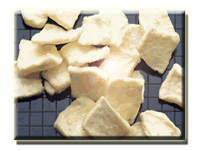
Drying
Drying is the oldest method of preserving food, and is the process of removing water from food by circulating hot air through it or other means, which prohibits the growth of enzymes and bacteria.

Freezing
Freezing is a quick and convenient way to preserve fruits and vegetables. It does not sterilize foods or destroy the organisms that cause spoilage; the extreme cold slows the growth of microorganisms and the chemical changes that affect quality or cause spoilage.

Fresh Storage
Fresh storage refers to storage of fresh produce include refrigeration to minimize growth of microorganisms and reduce enzyme activity; packaging or storage to control respiration rate and ripening; and use of preservatives to kill microorganisms.
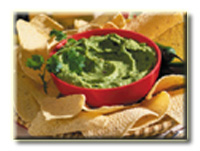
High Pressure
High hydrostatic pressure is a novel food processing technology in which foods are subjected to high isostatic pressure, generally in the range of 100-600 MPa, at or around room temperature.
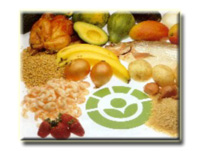
Irradiation
Food Irradiation utilizes a source of ionizing energy that passes through food to destroy harmful bacteria and other organisms. It is often referred to as "cold pasteurization" as it does not substantially raise the temperature of the food during processing.
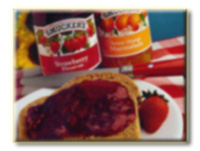
Jelly & Preserves
Jellies and preserves are gelled or thickened fruit products with a low pH, cooked and preserved with sugars. Products include fruit butters, jellies, preserves, jams and similar products.
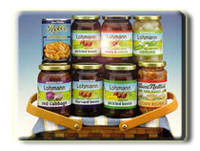
Pickling & Fermentation
Pickled or fermented products cure for several weeks. Curing changes the color, flavor, and texture of the product. Lactic acid produced during fermentation helps preserve the product.
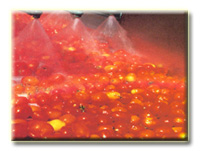
Surface Disinfection
Chemical disinfectant agents are used to decontaminate the surface of fruits and vegetables in addition to washing with water. The agents may include, chlorine, chlorine dioxide, hydrogen peroxide, trisodium phosphate, ozone, and organic acids.
